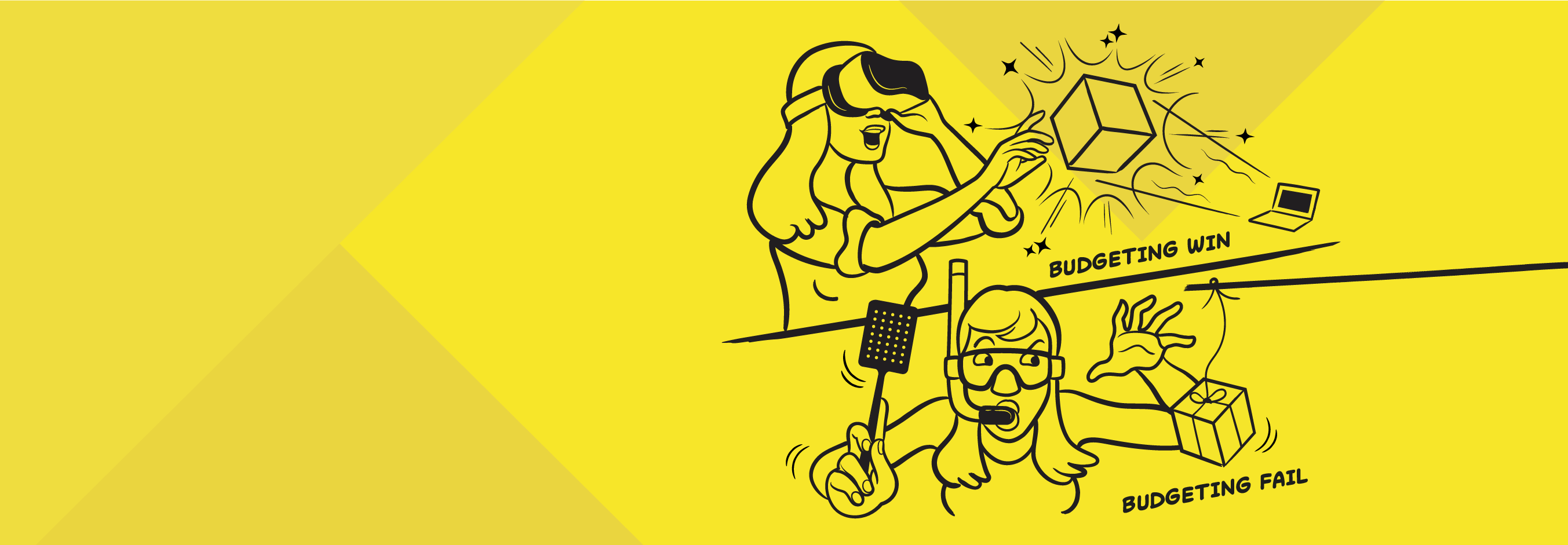Film tells stories in ways nothing else can
The biggest lesson I’ve learned about engaging virtual audiences after producing 200+ films? Film tells stories in ways nothing else can.
The past 12 months have forced events to go virtual by default. We’ve pivoted and got to grips with the tech, but are we making the most of one of the most powerful tools in our virtual arsenal, film?
Compelling film content is everywhere; on our TVs, computers and phones, it’s on billboards and escalators and plastered all over shopping centers. We watch it on our sofas, in our beds and even while we wait for the bus. That’s because it captivates us, informs us, persuades and inspires us; it’s main-line access to our emotional levers. So, how can we use it to create more engaging virtual events?
Here are some important lessons I’ve taken from the last 12 months about how to make the most of film in your virtual event agenda, and how you could use it to transform your virtual event strategy for 2021.
Film tells stories in ways nothing else can. Pre-produced film content in your virtual experience allows you to tell stories in a way that talking head presentations can’t match. Live action, animation, motion graphics, music and sound design, they all allow you to create more compelling, emotional narratives. This can allow you to tackle complex issues from unique points of view or bring abstract ideas down to earth.
Mix it up. Using film is a great way to break free from the wall of virtual faces, varying your content format to provide balance across your agenda. In turn, that keeps your audience engaged and helps avoid the dreaded virtual fatigue. And it helps you have a lasting impression too.
Use film to create emotional connections. It’s the emotional connections that win hearts and minds and keep your messaging alive long after your event. It can unfold layers of information and allows audiences to understand your messages. And more importantly, it can build that powerful emotional connection that makes them believe what you’re saying.
Confidence is key. On a practical level, nervous presenters don’t deliver engaging content. Pre-recording sessions helps eliminate the fear factor for presenters; there’s no pressure to get it right first time.
Pre-recording helps you hone your message. Removing the live element gives you the time and space to make your messaging tighter, so you can get more across in less time.
Transport your audience. In the same way we’ve all gotten lost in a movie or TV show, a smart, considered approach to film content transports audiences away from the feeling of “dialling in”, making your virtual event feel less remote and less… well… virtual.
Over the last 12 months, I’ve found pre-recorded film experiences are often overlooked in favour of simply ‘going live’ armed with a webcam and a PowerPoint deck. I think it’s partly due to organizers working in a new, unfamiliar environment and it’s partly due to tight timeframes. It means they’re missing out on a chance to really maximize engagement.
As audiences become more used to the basic functionality of virtual, they’re going to start asking “what’s next?”. So, don’t forget to factor in film. After all, for people to watch your content, you need to create content worth watching.



